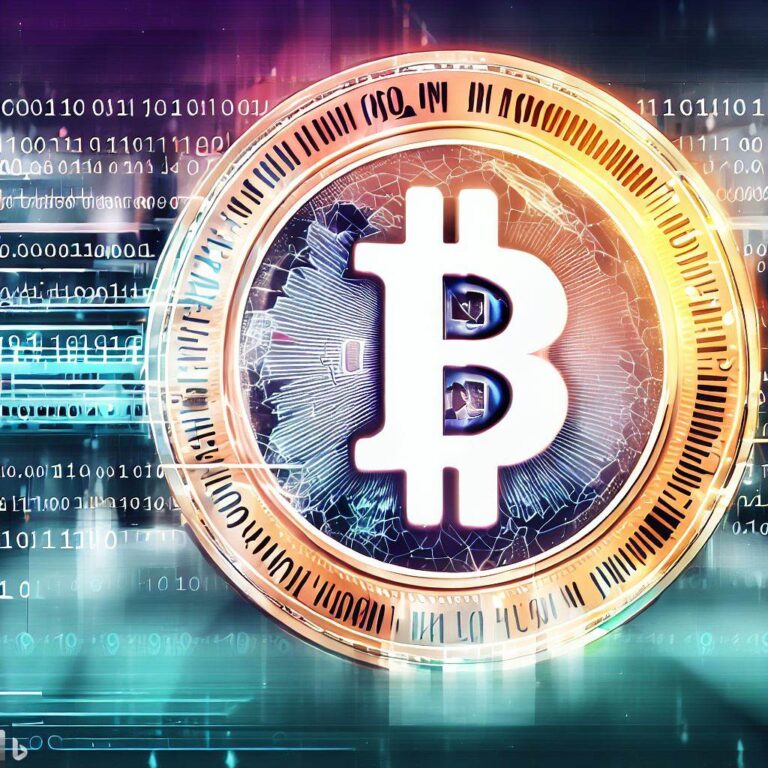Understanding the distinctions between an ICO, IEO, and IDO might be quite helpful if you’re interested in investing in cryptocurrency initiatives. Each of them is a well-liked method for raising money for a new cryptocurrency project, but they all operate somewhat differently and have unique advantages and disadvantages.

What exactly is an ICO?
Initial coin offering, or ICO. It is the closest thing the cryptocurrency sector has to an initial public offering (IPO) as utilized in conventional financial markets. The key distinction is that ICOs provide investors the chance to buy coins or tokens from a new blockchain initiative for the first time rather than shares in a corporation.
ICOs are normally launched immediately after a project’s whitepaper, which outlines its goal, how it functions, and its future goals, is released. They are frequently funded by other cryptocurrency tokens like Bitcoin or Ethereum. Unlike IPOs, which are centralized and controlled, ICOs are often carried out by the project itself and are unregulated.
An ICO’s main goal is to raise money that is required for a project’s ongoing development. The option to swap tokens for a specific good or service in the future or the right to cast a future vote for the project’s direction are both common ways that project founders provide tokens some form of usefulness to entice investors.
A typical ICO can be organized in one of three ways:
Static supply and static price
The quantity of coins or tokens available, as well as their prices, are predetermined and do not fluctuate. For example, if a startup intends to fund $1 million, its developers may issue 2 million tokens for $0.50 apiece.
Static supply and dynamic price
The amount of coins or tokens available is predetermined, but the price of each is controlled by a financing target. The final price per token varies depending on the total amount of money collected. For example, if a project sells 1 million tokens for $5 million, each token is worth $5.
Dynamic supply and static price
The price per token is predetermined, but the quantity of tokens available through the ICO is determined by the amount of investment received. For example, if a project intends to generate $1 million, its developers will sell as many tokens as are required to meet that target. This might be one million or three million.
It is possible that an ICO may fail. This signifies that the project’s authors’ minimal financing target was not met, mainly owing to a lack of interest. Any monies raised may be refunded to investors if this occurs. This does not always imply that a project is dormant, since it may obtain money from other sources, such as a venture capital firm.
When an ICO is successful, the funds obtained should be utilized to further the development of the product. However, it should be mentioned at this stage that ICOs may be quite dangerous, especially for rookie investors. Anyone may establish an ICO, and regrettably, many fraudulent projects have utilized the system in the past to take money from naive investors.
As a result, appropriate research and due diligence should be performed before investing any funds in an ICO.
Pros
- Due to their ease of use and low fundraising threshold, ICOs swiftly raise capital.
- Using ICOs, business owners may attract investors from all around the world.
- Almost all ICO development services campaigns run thirty days, and nearly all firms receive money within this time.
Cons
- The success rate of ICO initiatives is frequently low.
- If the ICO project fails, the tokens will gradually lose value and eventually become useless.
- There are few regulatory mechanisms available for ICOs.
- Fraud may be committed in several ways.

What exactly is an IEO?
IEO stands for initial exchange offering, and it works similarly to ICOs in that it allows investors to acquire coins or tokens from a new blockchain enterprise. There is, however, a significant distinction between the two that makes IEOs safer and less vulnerable to frauds such as rug pulls and other fraudulent operations.
Unlike ICOs, which are planned and carried out by the project itself, IEOs are carried out on the project’s behalf through an established, centralized cryptocurrency exchange. Before projects are included, they are vetted using a variety of ways, including an analysis of its whitepaper and inventors. Furthermore, investors must demonstrate their identity.
Because IEOs are carried out by centralized exchanges, the majority of which are regulated within the countries in which they operate, the proper KYC (know your customer) processes must be followed, which include supplying a valid ID and debit card. For further security, some exchanges employ anti-money laundering procedures.
One advantage of IEOs being listed on centralized exchanges is that investors may acquire coins or tokens in various marketplaces using a debit card. This eliminates the need to first create a decentralized wallet and then buy another coin.
Pros
- Because all exchanges go through KYC/AML verification, investors are guaranteed very high security.
- The platform is reputable and protects investors from fraudulent operations due to the regulatory framework.
- Instead than using a smart contract, participants send money directly to their accounts.
Cons
- The cost of fundraising in IEO is relatively high, and the system itself is difficult to set up.
- Liquidity is extremely low in comparison to the other two.
- Investors have minimal influence on the exchange’s operations.

What is an IDO?
IDO is an abbreviation for initial DEX offering. These are quite similar to IEOs, however instead of centralized exchanges (CEX), decentralized exchanges (DEX) are employed. IDOs have advantages and disadvantages. For example, it is significantly easier for new cryptocurrency projects to create an IDO than an IEO, which is ideal for smaller companies with less finances to begin with.
Furthermore, anyone with a decentralized wallet on a suitable device and an internet connection can utilize a DEX. There is no need to present a debit card or establish your identity. The disadvantage of IDOs is that, despite their advantages, they are not as safe as IEOs from an investor’s perspective, despite this, they are still safer than ICOs.
Pros
- No one’s approval is necessary.
- Quick liquidity
- Always capable of conducting business
- Everyone can benefit from simple and equitable crowdsourcing.
Cons
- Inadequate control mechanisms
- When conducting large-volume deals, price changes instantly.
- There is no trustworthy information about investors.
Through these three forms of capital calls, project owners can obtain a significant amount of money for project development. At the same time, investors can get good deals on items.
The location of the sale is where these three capital-raising tactics divide the most. IEO and IDO, for example, are both accessible for purchase on centralized exchanges, whereas ICO and IEO are exclusively available for purchase directly on the project’s website. IEO, ICO, and IDO vary in the middle letters, which stand for Exchange, Coin, and Decentralized, respectively. One of the most significant differences is that IEO is based on centralized exchanges supervised by governments.
So, for regulatory considerations, cryptocurrency enterprises may use IEO. In the future, IEO may no longer be a barrier to a crypto project going public, whereas projects that use ICO and IDO methods are not subject to SEC examination.
The SEC is presently focusing on charging ICO issuers and projects that launched ICOs. The SEC’s increased regulatory involvement is driving cryptocurrency creators to use safer strategies such as IEO and IDO.





































